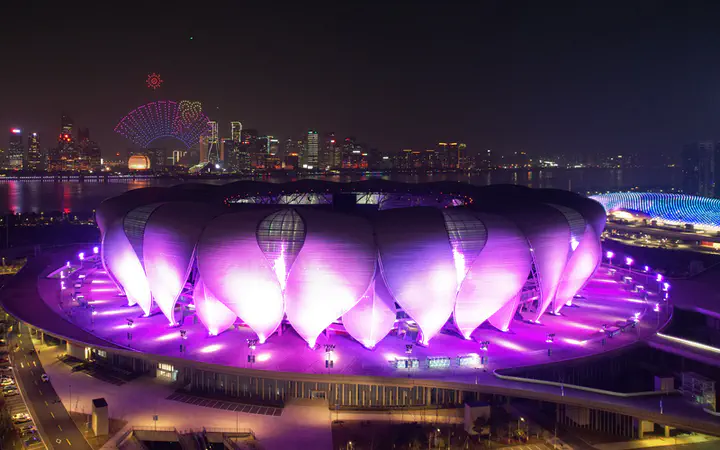Hangzhou Olympic Sports Center Smart Energy Platform
 Policy recommendation system
Policy recommendation systemI investigated and gained knowledge about the Internet of Things (IoT) infrastructure used in the construction of smart energy systems. This involved studying various components such as the external system, data integration, database management, platform back-end, and platform front-end.
One of the key aspects I focused on was the external system, which refers to the integration of the smart energy system with external devices or systems. This could include sensors, meters, or other IoT devices that collect data related to energy consumption, such as cooling, heating, and electricity usage. Understanding how these external systems interact with the smart energy system was crucial for developing effective energy management strategies.
Data integration played a vital role in the construction of smart energy systems. It involved aggregating and consolidating data from different sources, including the external devices mentioned earlier. This process required developing protocols and interfaces to ensure seamless communication between the various components of the system. By integrating data effectively, it became possible to gain a comprehensive view of energy consumption patterns and identify potential areas for optimization.
Managing the vast amount of data generated by smart energy systems required a robust database infrastructure. I studied the design and implementation of databases capable of handling high volumes of data efficiently. This involved selecting appropriate database technologies, optimizing data storage and retrieval processes, and ensuring data integrity and security.
The platform back-end formed the core of the smart energy system, responsible for processing and analyzing the collected data. I delved into techniques such as data preprocessing, work condition analysis, and correlation analysis to derive valuable insights from the energy consumption data. Load prediction was another important aspect I explored, as it allowed for better resource planning and optimization of energy usage.
The platform front-end served as the user interface for interacting with the smart energy system. This involved creating visualizations and dashboards that presented energy consumption data in a clear and understandable manner. By providing users with real-time information and control options, the front-end interface empowered them to make informed decisions regarding energy usage.
my investigation into the IoT construction of smart energy systems encompassed various aspects, including the external system, data integration, database management, platform back-end, and platform front-end. By understanding the intricacies of each component, I gained insights into how these systems operate and contribute to efficient energy management. This knowledge is crucial for developing sustainable and intelligent solutions to address the challenges of energy consumption in today’s world.